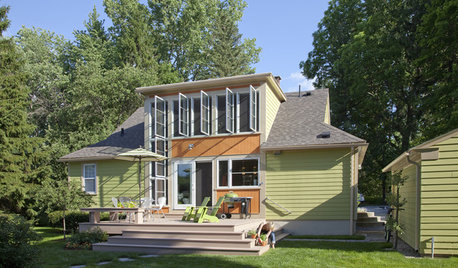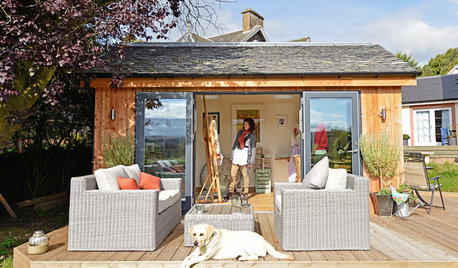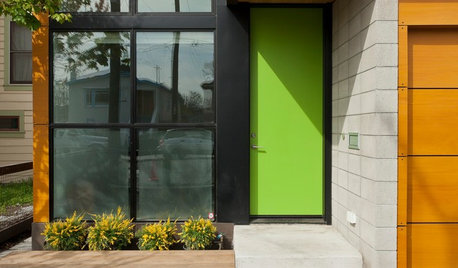Brainstorm a hedgerow in VT
jwutzke
16 years ago
Related Stories

REMODELING GUIDESHouzz Tour: A Drive in the Country Ends in a Remodel
A couple out for a spin find a cottage with untapped potential. Their redo highlights lovely views and midcentury charm
Full Story
FUN HOUZZHouzz Call: Tell Us About Your Dream House
Let your home fantasy loose — the sky's the limit, and we want to hear all about it
Full Story
MOST POPULAR11 Nominees for the ‘She Shed’ Hall of Fame
These special sanctuaries let busy women get away from it all without leaving the backyard
Full Story
CURB APPEAL9 Daring Colors for Your Front Door
Stand out from the neighbors with a touch of neon green or a punch of hot pink
Full StoryMore Discussions








mad_gallica (z5 Eastern NY)
diggingthedirt
Related Professionals
Glassmanor Landscape Architects & Landscape Designers · Hyattsville Landscape Architects & Landscape Designers · Kapaa Landscape Architects & Landscape Designers · Jackson Landscape Contractors · Allentown Landscape Contractors · Alamo Landscape Contractors · Ashburn Landscape Contractors · Barrington Landscape Contractors · Lyndhurst Landscape Contractors · Richmond Landscape Contractors · Markham Landscape Contractors · Elkridge Decks, Patios & Outdoor Enclosures · Baton Rouge Decks, Patios & Outdoor Enclosures · Medford Decks, Patios & Outdoor Enclosures · Pittsburgh Decks, Patios & Outdoor EnclosuresjwutzkeOriginal Author
NHBabs z4b-5a NH
mayalena
jwutzkeOriginal Author
jwutzkeOriginal Author
mad_gallica (z5 Eastern NY)
NHBabs z4b-5a NH
jwutzkeOriginal Author
mad_gallica (z5 Eastern NY)
NHBabs z4b-5a NH
arbo_retum
jwutzkeOriginal Author
diggingthedirt
franeli
jwutzkeOriginal Author
hostasz6a
fayrehale
prairiemoon2 z6b MA